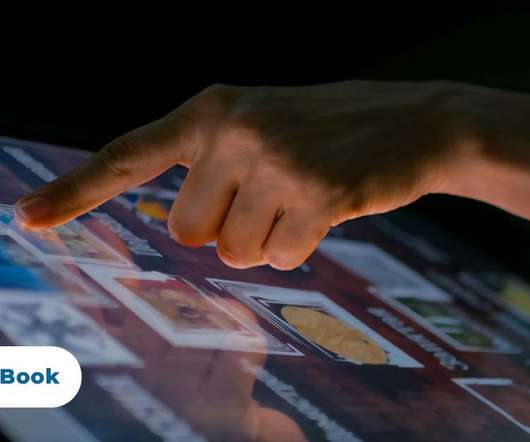Merge Cube Mania in Middle School
The CoolCatTeacher
APRIL 11, 2018
When you scan the cube with your mobile device — it will work with an iPhone, an iPad, and it works with Android, but you have to have the Merge Cube app on it. I demoed it. Karen is a 2007 Apple Distinguished Educator. And it looks like it has a QR code on each side of the cube. Those codes serve as a trigger.















Let's personalize your content